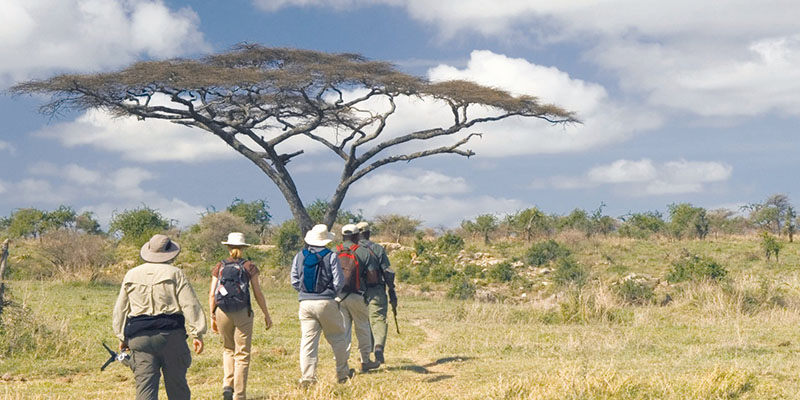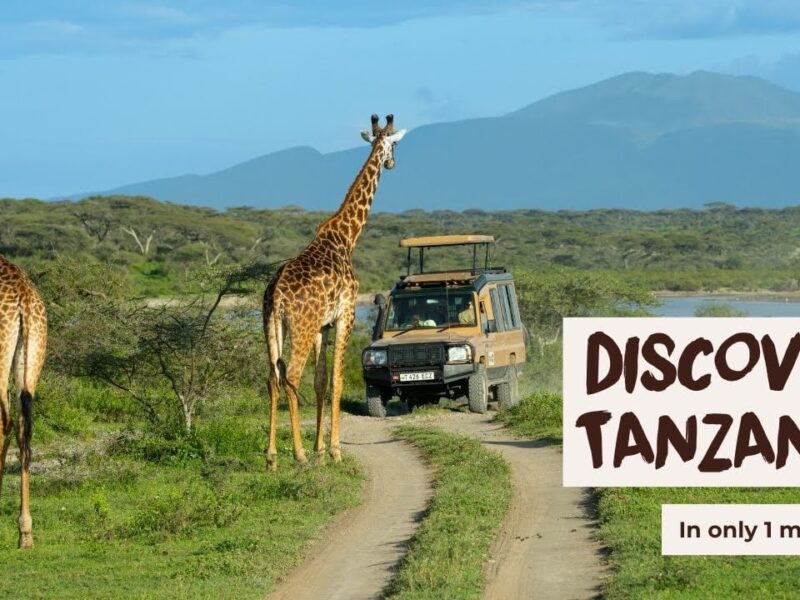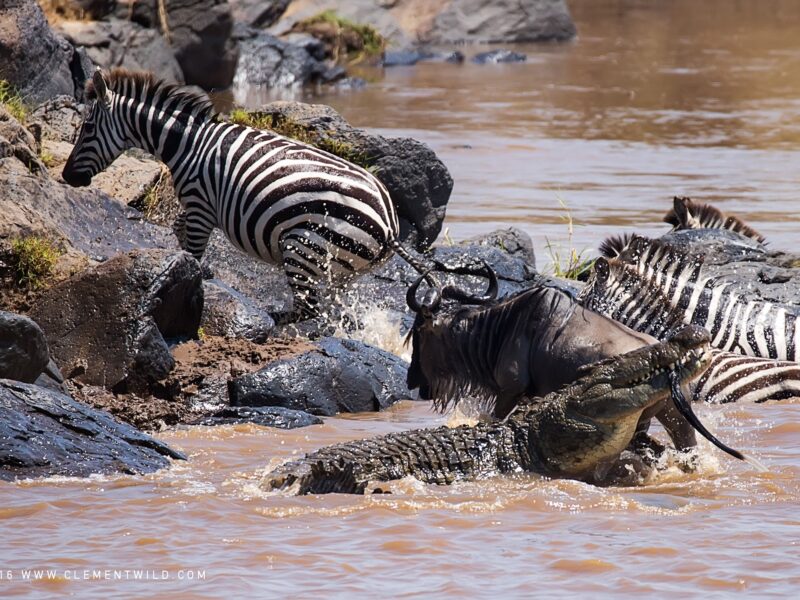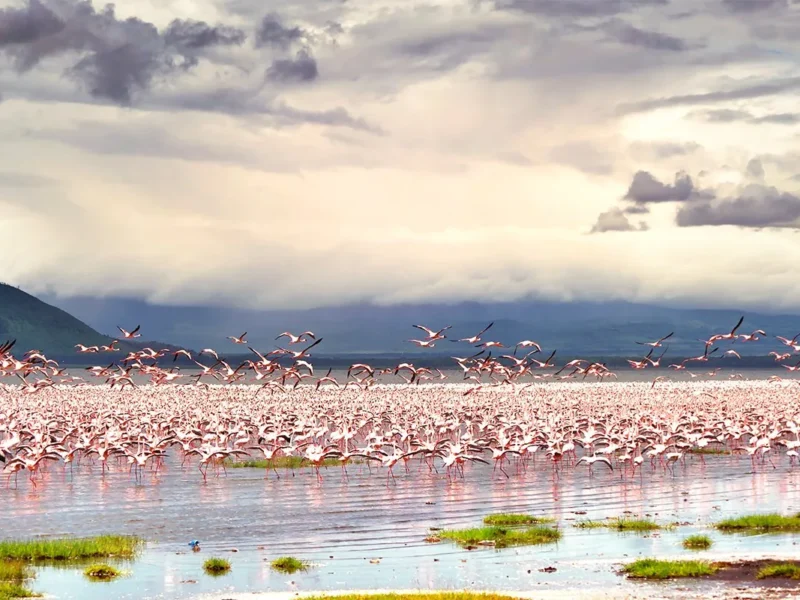
What Animals to See on a Game Drive
October 20, 2025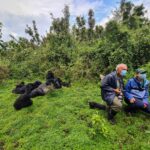
How Long Does Gorilla Trekking Take in Uganda and Rwanda?
October 22, 2025Walking Safaris in Kenya: Step Into the Wild
When you think of a safari in Kenya, images of roaring lions, sweeping savannahs, and open-roofed 4x4s often come to mind. But there’s a more intimate, thrilling, and immersive way to explore Kenya’s wild landscapes on foot.
Walking safaris offer a raw and authentic experience, allowing you to connect with nature in a way no vehicle ever can. Whether you’re tracking wildlife through the open plains or strolling quietly beneath acacia trees, every step reveals a new layer of the wild, bringing you closer to the heart of Africa.
Why Choose a Walking Safari?
1. Deeper Connection with Nature
Walking puts you at the same level as the wildlife, making every rustle, footprint, and birdcall more vivid. You’ll notice the small details — animal tracks, dung, medicinal plants, or even the delicate dance of insects things you’d miss entirely from a vehicle.
2. Adventure with a Purpose
Led by experienced guides and armed rangers, walking safaris are both safe and educational. You’ll learn about animal behavior, ecology, and survival techniques from those who know the land intimately. It’s not just sightseeing it’s story-listening, tracking, and understanding.
3. Low Impact, High Reward
Walking safaris are eco-friendly, with minimal disturbance to wildlife and the environment. It’s the most natural and respectful way to explore Kenya’s protected areas.
Top Destinations for Walking Safaris in Kenya
1. Laikipia Plateau
This vast, rugged region in central Kenya is home to private conservancies that specialize in walking safaris. Places like Lewa, Ol Pejeta, and Borana offer guided walks through breathtaking scenery, with the chance to spot elephants, Grevy’s zebras, and rhinos on foot.
2. Masai Mara Conservancies
While walking inside the Masai Mara National Reserve is restricted, the surrounding community-owned conservancies like Naboisho, Ol Kinyei, and Mara North allow guided bush walks. You’ll enjoy exclusivity and the chance to encounter wildlife away from the crowds.
3. Tsavo National Parks
Known for its wild and vast landscapes, Tsavo East and Tsavo West are ideal for adventurous walkers. With their red-dust terrain and dramatic scenery, these parks offer a truly untamed experience.
4. Amboseli and Chyulu Hills
Bordering the iconic Mount Kilimanjaro, Amboseli offers walking safaris in adjacent conservancies like Selenkay. Combine walking with cultural visits to Maasai villages and views of free-roaming elephants.
What to Expect on a Walking Safari
- Small Groups: Usually 2–6 people for a more personal experience.
- Pace: Leisurely and guided by terrain, animal activity, and interest.
- Duration: Ranges from short 1–2 hour walks to multi-day treks with mobile camps.
- Wildlife: While big game sightings are possible, the focus is on the overall ecosystem tracks, plants, birds, insects, and the land itself.
- Guides: Professional naturalists and armed rangers ensure your safety and enhance your understanding of the bush.
What to Pack
- Comfortable walking shoes or lightweight hiking boots
- Neutral-colored clothing (avoid white, bright colors, and camouflage)
- Hat, sunglasses, and sunscreen
- Refillable water bottle
- Binoculars and a camera
- A keen sense of curiosity
Is It Safe?
Yes when led by trained guides and conducted in designated areas, walking safaris in Kenya are very safe. Guides are well-versed in animal behavior and safety protocols, ensuring you’re never at unnecessary risk.
A Safari for the Soul
A walking safari in Kenya isn’t just a journey through the wilderness it’s a journey into yourself. With every step, you leave behind the modern world and move deeper into the rhythms of nature. It’s quiet, thrilling, grounding, and utterly unforgettable.
If you’re looking for a more meaningful way to experience Kenya’s wild beauty, step off the vehicle, lace up your boots, and walk the land as our ancestors once did.

